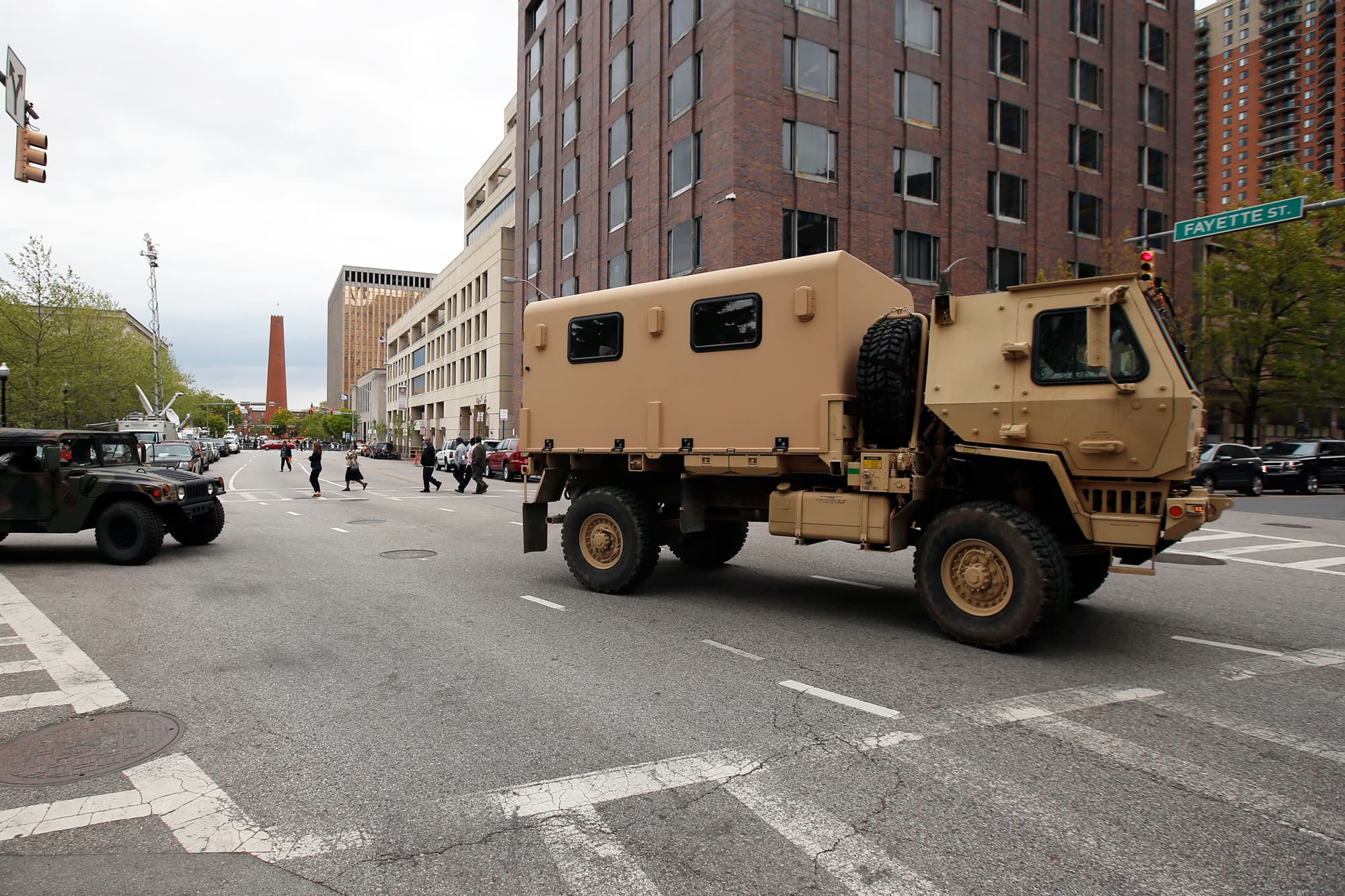As CNBC has reported this week, the Justice Department’s Asset Forfeiture Program has grown over the past decade to take in over $4 billion in assets in 2014. The growth of the program, and its continued reliance on seizures of assets from citizens never accused of a crime, has sounded alarms across the political spectrum.
But where do all those monies go? According to the program’s 2015 report to Congress, funds go back into the operating budget for the program itself. That is, they pay to keep it going, as well as “equitable sharing payments to participating state, local and foreign governments.” This means that the DOJ pays local law enforcement agencies to participate in the asset forfeiture program.
The part of the asset forfeiture program that provides funds for local agencies is known as the equitable sharing program. Up to 80 percent of funds seized has gone to the budgets of local law enforcement agencies involved in the seizures. The graphic below shows the distribution of forfeited funds in 2014. Click a state to get a breakdown of its allocation by local agency.
Agencies have wide latitude over how to use the funds, and they have spent the monies on everything from military-style hardware to hiring a clown for a community event in Ohio, according to documents reviewed by The Washington Post. Permissible uses of forfeiture funds are laid out in the Guide to Equitable Sharing for State and Local Law Enforcement Agencies.
The equity sharing program is problematic, critics say, as it creates a financial incentive for law enforcement to confiscate more than they should. In addition, funneling the asset value back to the local level can make agency budgets dependent on the funding. The guidelines have a special provision for agencies that have more than a quarter of their budget come from forfeiture assets.
Even without comprehensive legislation, the Asset Forfeiture Program has felt the pinch of reform. In January, former Attorney General Eric Holder announced a reduction in civil asset forfeitures, the more controversial portion of the Asset Forfeiture Program. But the extent of the reforms was quickly called into question.
Part of President Barack Obama’s “Federal Support for Local Law Enforcement Equipment Acquisition” executive order, which garnered headlines by reducing the military-grade equipment local police agencies can acquire, also affected purchasing power for participants in the Equity Sharing Program. Effective May 18, local law enforcement agencies are not allowed to use forfeiture funds to purchase grenade launchers, weaponized aircraft or bayonets, among other things.



